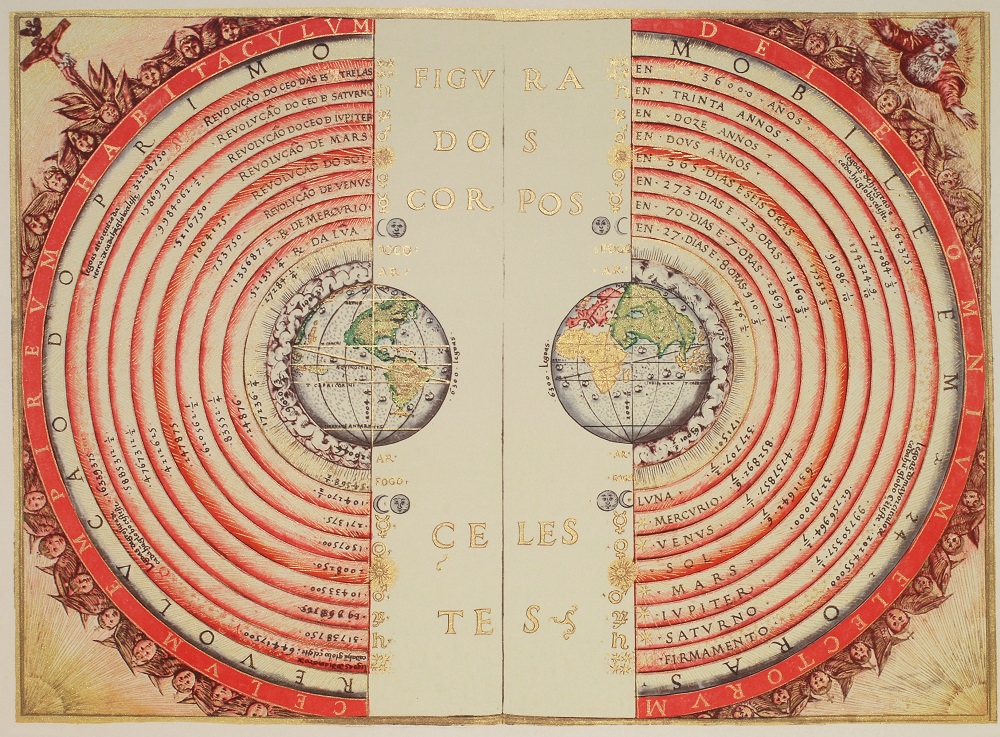Our universe is defined by the way it moves, and one way to describe the history of science is through our increasing awareness of the restlessness of the cosmos.
Continue reading “The Universe is on the Move”The Universe is on the Move


Space and astronomy news

Our universe is defined by the way it moves, and one way to describe the history of science is through our increasing awareness of the restlessness of the cosmos.
Continue reading “The Universe is on the Move”In 1971, English mathematical physicist and Nobel-prize winner Roger Penrose proposed how energy could be extracted from a rotating black hole. He argued that this could be done by building a harness around the black hole’s accretion disk, where infalling matter is accelerated to close to the speed of light, triggering the release of energy in multiple wavelengths. Since then, multiple researchers have suggested that advanced civilizations could use this method (the Penrose Process) to power their civilization and that this represents a technosignature we should be on the lookout for.
Examples include John M. Smart’s Transcension Hypothesis, a proposed resolution to the Fermi Paradox where he suggested advanced intelligence may migrate to the region surrounding black holes to take advantage of the energy available. The latest comes from Harvard Professor Avi Loeb, who proposed in a recent paper how advanced civilizations could rely on a “Black Hole Moon” to provide their home planet with power indefinitely. The way this black hole would illuminate the planet it orbits, he argues, would constitute a potential technosignature for future SETI surveys.
Continue reading “New Study Proposes how a Black Hole in Orbit Around a Planet Could be a Sign of an Advanced Civilization.”
Thanks to NASA’s Juno mission to the Jupiter system, we’re getting our best looks ever at the gas giant’s volcanic moon Io. Even as Juno provides our best views of the moon, it also deepens our existing questions. Only a dedicated mission to Io can answer those questions, and there are two proposed missions.
Continue reading “Comparing Two Proposed NASA Missions to Jupiter’s Moon Io”
Humanity’s been fortunate to have a star situated over Earth’s north pole. The star, known as Polaris, or the North Star, has guided many sailors safely to port. But Polaris is a fascinating star in its own right, not just because of its serendipitous position.
Continue reading “Polaris, Earth’s North Star, Has A Surprisingly Spotted Surface”We have gained so much powerful knowledge in the past few hundred years. But there’s still so much that we don’t know.
Continue reading “The Knowledge We Don’t Yet Have”
On Sept. 26th, 2022, NASA’s Double Asteroids Redirect Test (DART) collided with Dimorphos, the small moonlet orbiting the larger asteroid Didymos. In so doing, the mission successfully demonstrated a proposed strategy for deflecting potentially hazardous asteroids (PHAs) – the kinetic impact method. By October 2026, the ESA’s Hera mission will rendezvous with the double-asteroid system and perform a detailed post-impact survey of Dimorphos to ensure that this method of planetary defense can be repeated in the future.
However, while the kinetic method could successfully deflect asteroids so they don’t threaten Earth, it could also create debris that might reach Earth and other celestial bodies. In a recent study, an international team of scientists explored how this impact test also presents an opportunity to observe how this debris could someday reach Earth and Mars as meteors. After conducting a series of dynamic simulations, they concluded that the asteroid ejecta could reach Mars and the Earth-Moon system within a decade.
Continue reading “Debris from DART could Hit Earth and Mars Within a Decade”
While a NASA probe heads for an asteroid known as Psyche, telescopes have been probing it to prepare for the arrival. Data from the James Webb Space Telescope has found something quite unexpected on the surface – hydrated molecules and maybe even water! The origin of the water is cause for much speculation, maybe it came from under the surface or from chemical interactions with the solar wind!
Continue reading “There Might Be Water on the Surface of the Metal Asteroid Psyche”We might be a little late on reporting for this one – the space exploration community is large, and sometimes, it’s hard to keep track of everything happening. But whenever there is a success, it’s worth pointing out. Back in June, two teams successfully completed the latest stage of the Break the Ice Challenge to mine water from the Moon.
Continue reading “The NASA Break the Ice Challenge Awards $1.5M to Two Start-Ups”The fabric of spacetime is roiling with vibrating quantum fields, known as the vacuum energy. It’s right there, everywhere we look. Could we ever get anything out of it?
Continue reading “Could We Ever Harness Quantum Vacuum Energy?”Comet Tsuchinshan-ATLAS may be one to watch for at dawn late next month.
If predictions and prognostications hold true, a decent comet could grace dawn skies in late September into early October. We’re talking about Comet C/2023 A3 Tsuchinshan-ATLAS, discovered early last year. Early signs suggest it could be the best comet of 2024… if it survives until perihelion.
Continue reading “Comet Tsuchinshan-ATLAS Set to Perform This Fall”